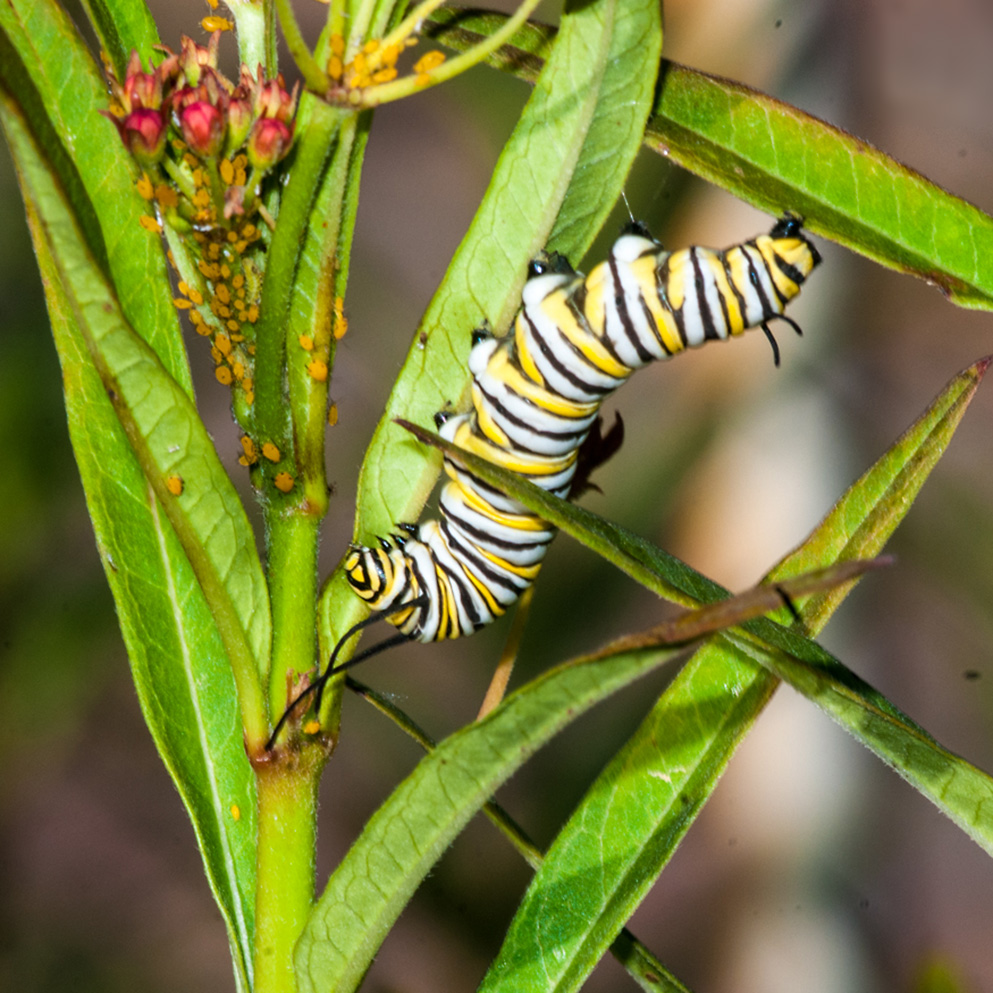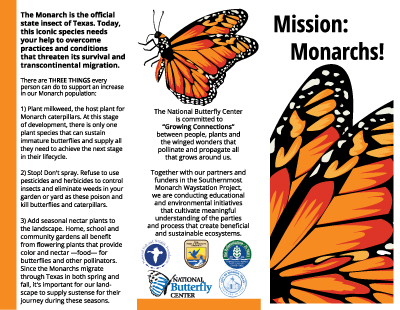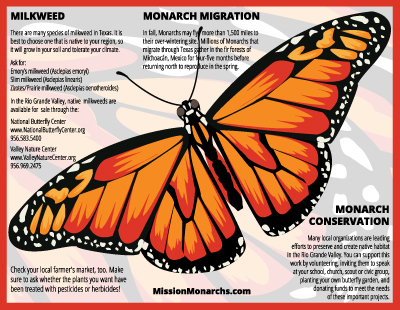 Butterfly Releases are Bad for Butterflies and the Planet
Butterfly Releases are Bad for Butterflies and the Planet
Purchasing farmed butterflies for release is bad business, plain and simple. This includes butterflies advertised for “educational use” in classroom kits.
Butterflies farms are for-profit businesses that are not subject to regular inspection, professional monitoring or quality controls. For this reason, butterfly stock cannot be certified healthy, nor may breeding conditions be sanitary. As a result, many farmed butterflies are inbred and carry diseases, similar to puppies produced in “puppy mills.”
Butterflies are very important to the ecosystem, since they act as pollinators and are indicators of the ecosystem’s well-being. Releasing sick butterflies into the environment to spread parasites and genetic defects by infecting plants and breeding with other butterflies is destructive. Just because the butterflies may fly away does not mean they are healthy; they may still carry diseases that are shared with local populations.
In order to be shipped when sold, butterflies must be captured and put in cold storage. Once chilled, the butterfly enters a state of suspended animation. Many butterflies never recover from being refrigerated, and cannot fly away when warmed for release. Depending on when and where the butterflies are released, they may not be able to survive. In winter and spring, outdoor temperatures will not be warm enough for butterflies to live, and they will starve if they cannot find food in the form of suitable nectar plants in bloom.
Farming, hibernating, shipping, and finally releasing butterflies is animal cruelty. Some die before reaching the destination; others cannot fly again; and those that can will find themselves in an environment where they do not belong and where they may not live.
Not only does the practice of butterfly farming promote a commercial market for, and exploitation of, living butterflies, it can also damage the local species and ecosystems—and this is harmful to butterflies, NOT HELPFUL. If you are at an event where butterflies are being released, speak up...for the love of butterflies!
 FOR TEACHERS & HOMESCHOOLERS: If you choose to use a Butterfly Kit (which we do not recommend) for your students to observe the lifecycle of a captive, farmed specimen, you should DESTROY the butterfly when it emerges from its chrysalis (ecloses), rather than release it, to prevent harm to other butterflies and the environment. This can be done mercifully by placing the butterfly, with its wings closed together, in an envelope, and placing the envelope in the refrigerator overnight to put the butterfly to sleep; place the envelope in the freezer the next day to extinguish the butterfly, for good.
FOR TEACHERS & HOMESCHOOLERS: If you choose to use a Butterfly Kit (which we do not recommend) for your students to observe the lifecycle of a captive, farmed specimen, you should DESTROY the butterfly when it emerges from its chrysalis (ecloses), rather than release it, to prevent harm to other butterflies and the environment. This can be done mercifully by placing the butterfly, with its wings closed together, in an envelope, and placing the envelope in the refrigerator overnight to put the butterfly to sleep; place the envelope in the freezer the next day to extinguish the butterfly, for good.The best way to teach your students about the lifecycle of the butterfly is to learn about species diversity and host plants. Plant a small butterfly garden, if possible, and observe the wild butterflies that are drawn to it. If you cannot create habitat, search the field for eggs and larvae or caterpillars. If you must bring a caterpillar inside, provide plenty of fresh food from the host plant and clean the temporary enclosure daily by removing any frass (excrement). You must also provide a place for your butterfly to make their chrysalis, when the time comes. Make sure the temperature is set above 70F and that the butterfly has sunlight and darkness, as it would outside.
Adapted from the original article by Mona Miller (Facebook Group: Raising Butterflies and Moths for Conservation (+ All Pollinators)).
Republished with permission.
Republished with permission.
References:




